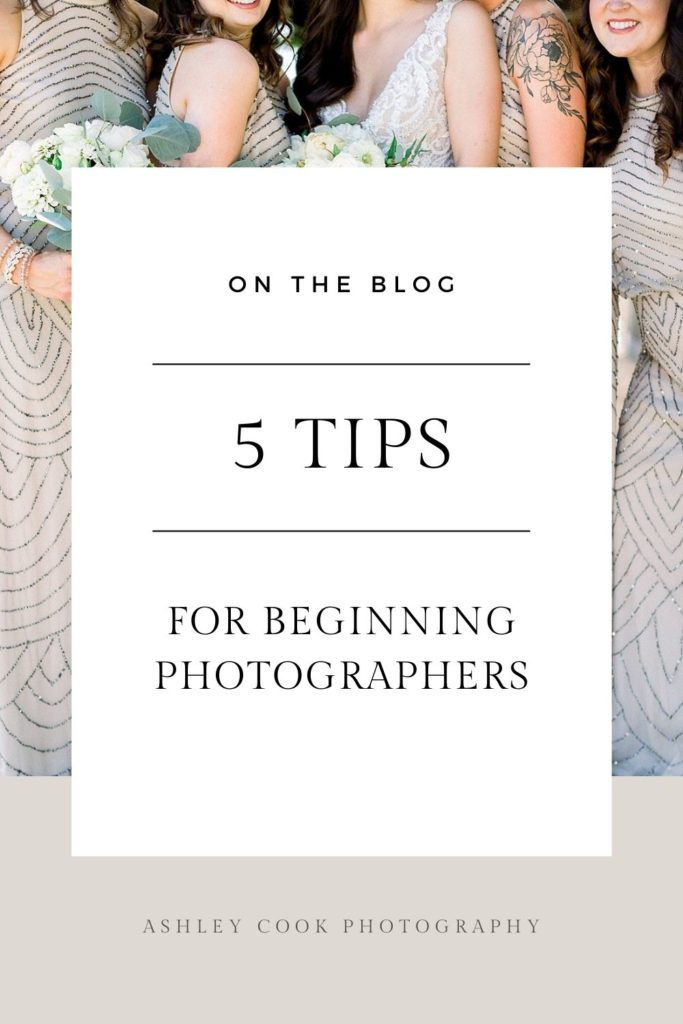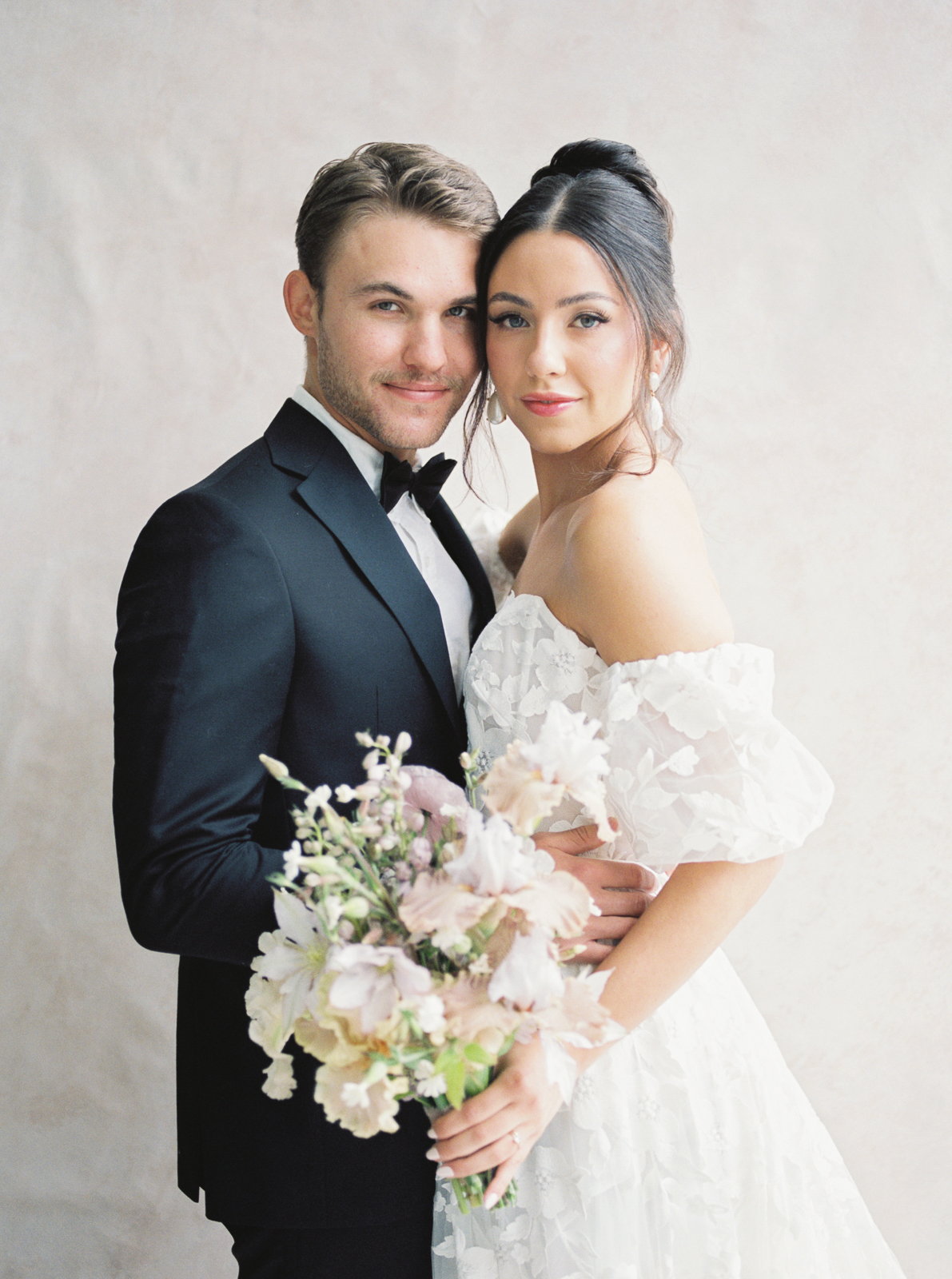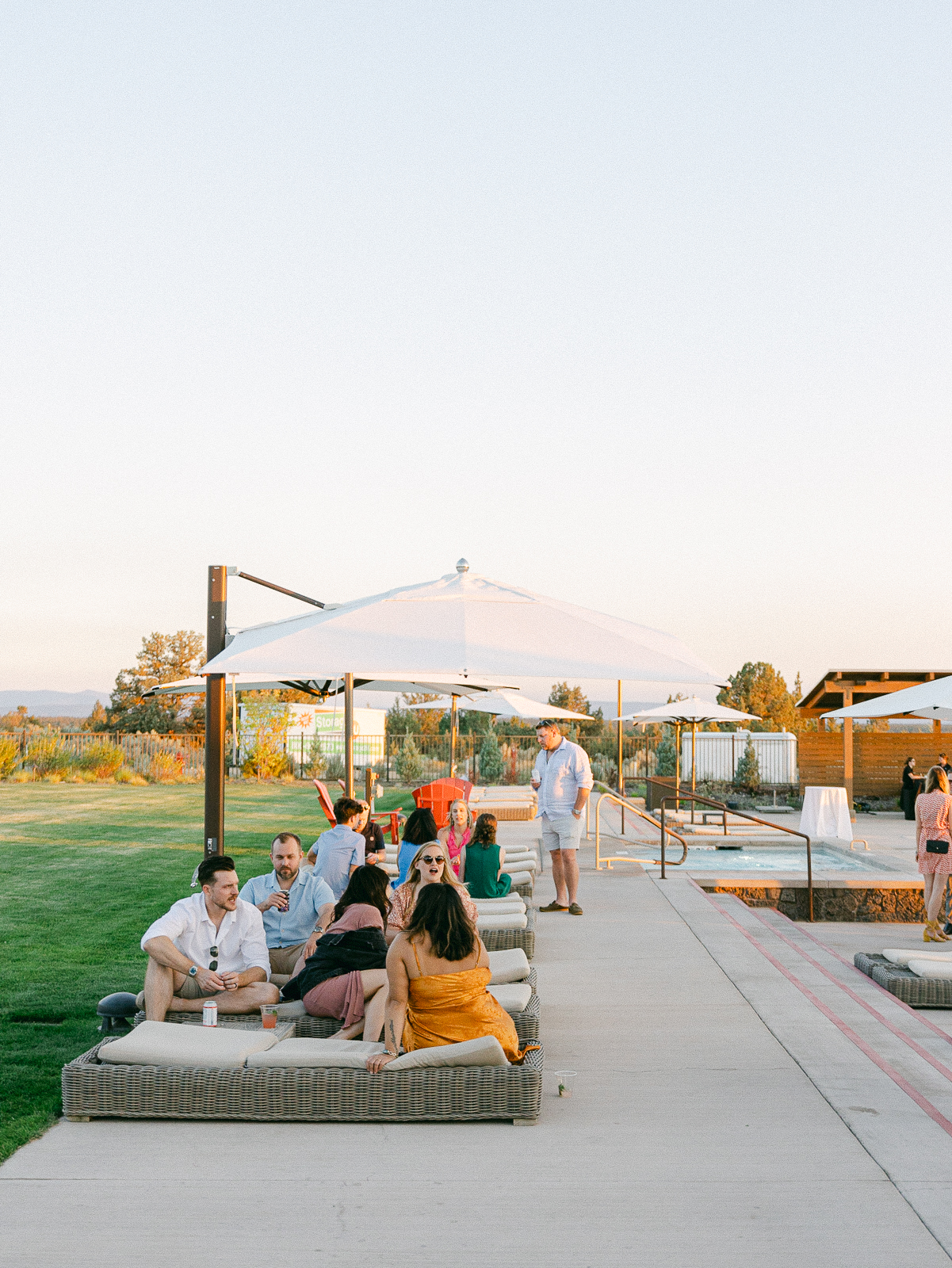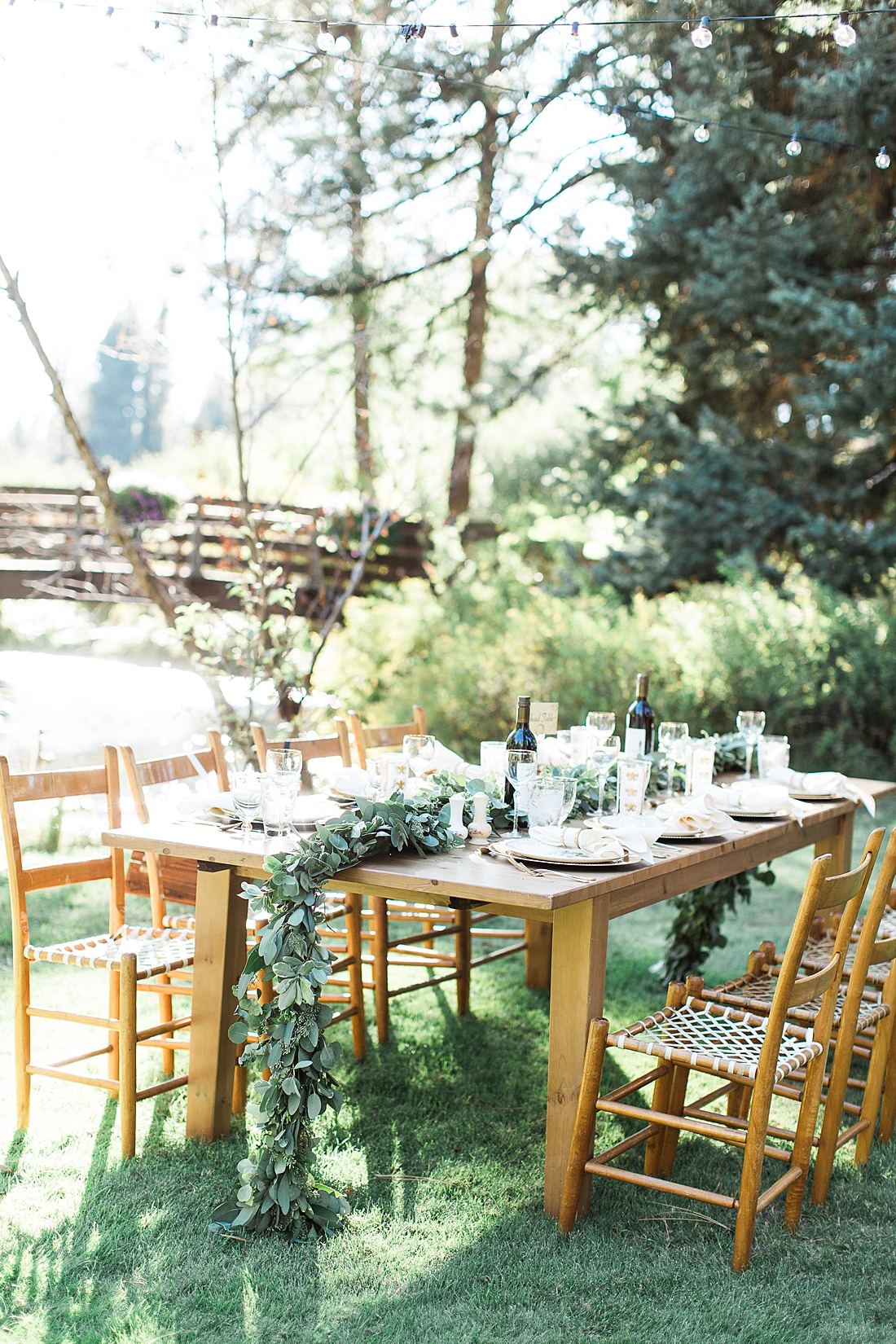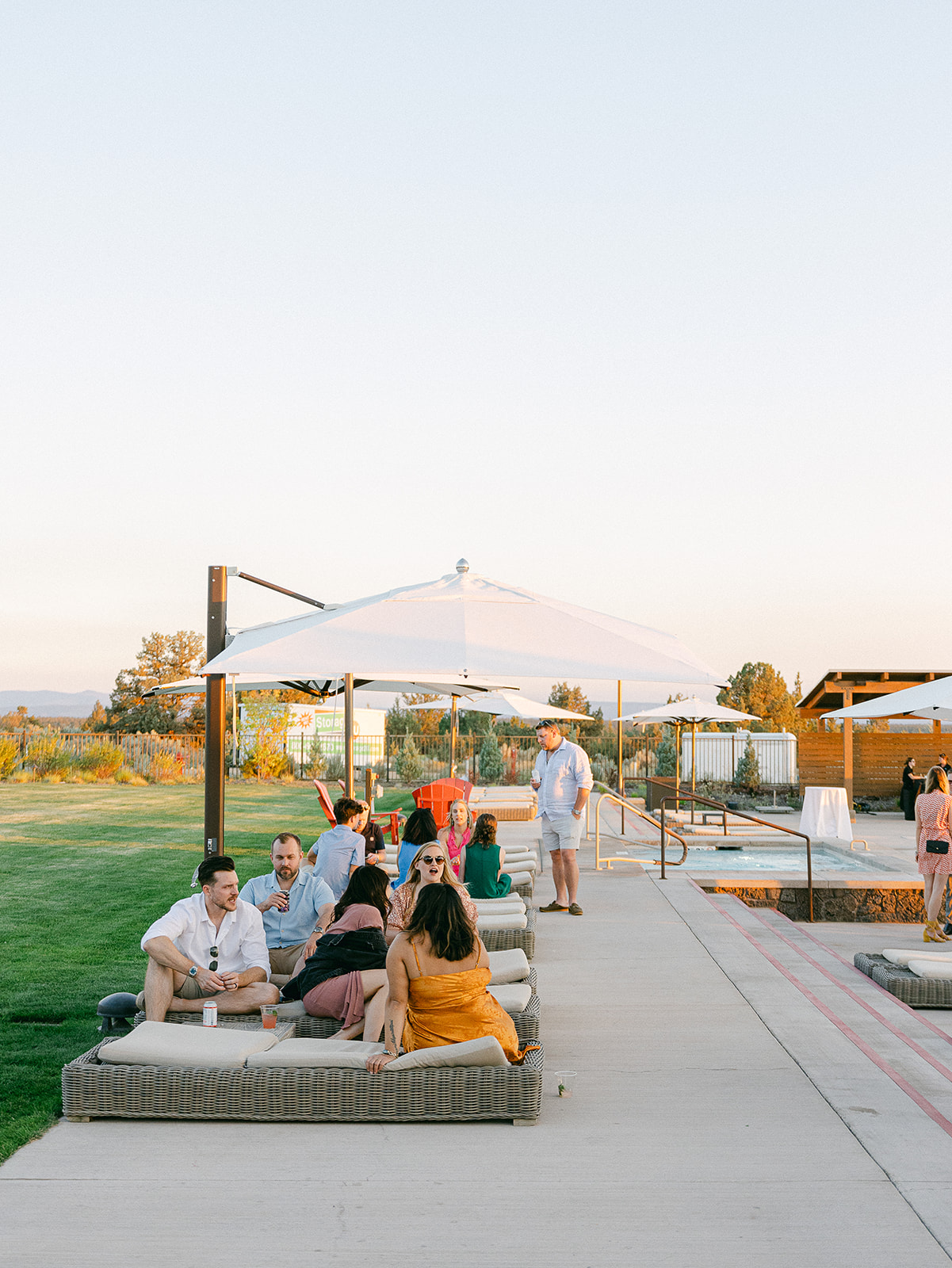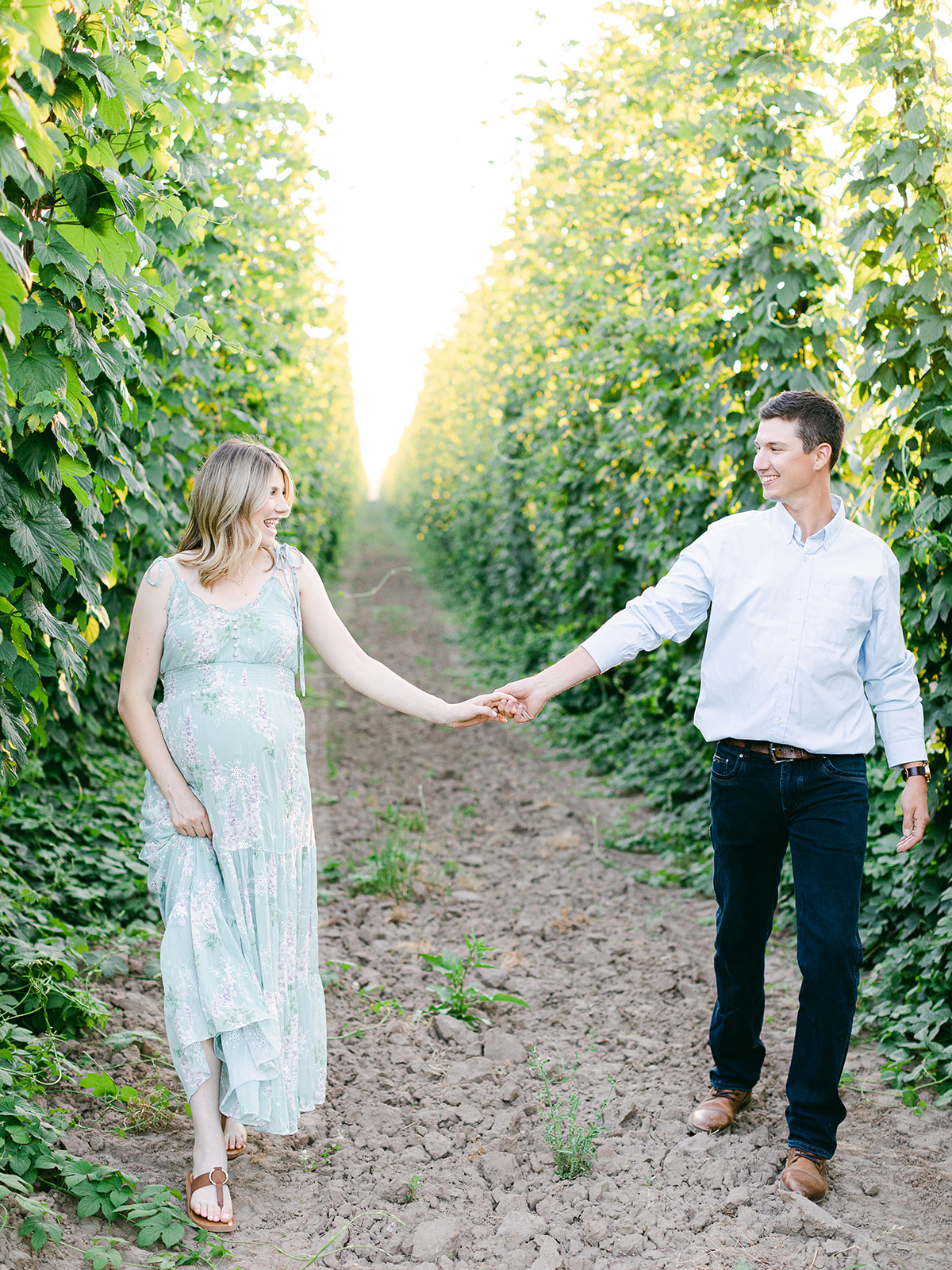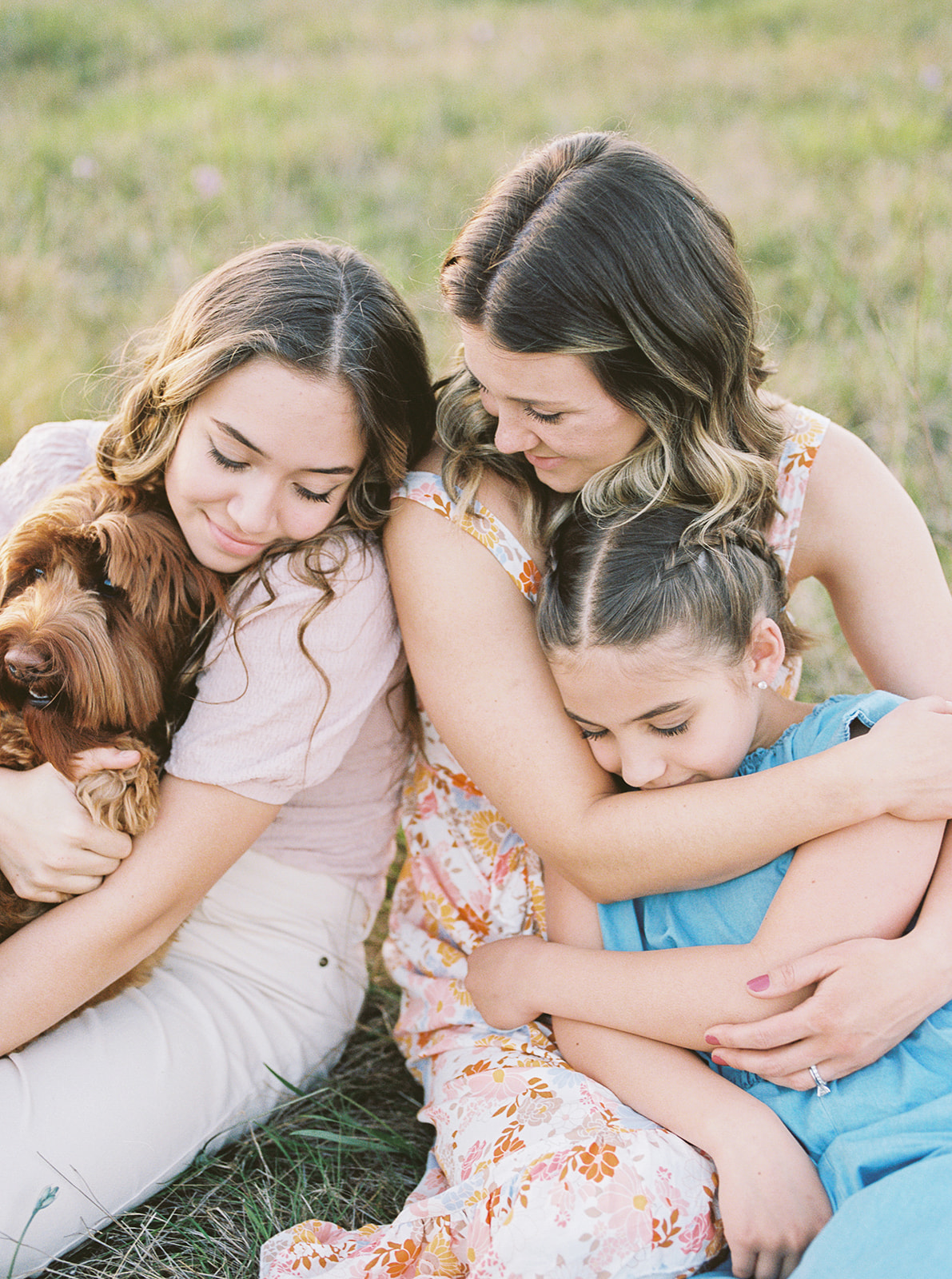5 Tips for Beginning Photographers
With Black Friday and Christmas fast approaching, there’s a good chance lots of people will be getting new “fancy cameras”! If the next day you decide you want to dive headfirst into photography, great! Let me be the first to welcome you into the club. Photography is all about art and how you see the world. Sure, there are “rules” of photography that can be followed (like the rule of 3rds), but that is also the cool thing about art… your art is yours and my art is mine. No one can tell you yours is wrong because if it’s what you want then it’s your art, not theirs.
With all of that being said, I thought I would put together 5 simple, basic things to get you started on your way to becoming a photographer.
- READ YOUR MANUAL- No, I am not kidding. That book that came with your camera is not a coffee coaster. Grab your camera and book and plan on spending a few hours getting to know your camera. I remember highlighting and flagging things in my book that I thought I would need to know and come back to at a later date.
- GET OUT OF AUTOMATIC MODE- I know the first thing you’ll want to do is take your camera, put it in auto, and start taking photos. However, I think you will quickly learn that while your new “fancy camera” has all of these bells and whistles, your photos aren’t turning out how you want them to. That is because cameras are fancy but stupid! When you’re in automatic mode you are letting the camera tell you how it sees. Switching it to manual mode lets you tell the camera how you want it to see.
- APERTURE, SHUTTER SPEED, ISO- These three things are some of the most important things you can learn about photography and your camera (see #4 for the other most important thing). These three things act together in order for your image to be properly exposed. Here is a rough breakdown of what they are and what they do.
- Aperture (or F stop) is how open or closed your lens is. The lower the F stop the more open your lens will be, meaning the more light that will be brought into your camera. Here is a chart to better help you understand:

- Shutter speed refers to how fast your shutter will open and close. The faster the shutter speed, the more still your subject will appear. The slower the shutter speed, the more blur a moving subject will have. The chart and photos below will help you better understand.
 Source
Source
For the image on the right, I slowed my shutter speed to 1/30th of a second. In both images, my subject was moving, but with the slower shutter speed, you can see her movement.
-
- ISO refers to film speed. The lower your ISO is, the less light that is brought in and the less grain your image will have. The higher your ISO is the more light that will be brought into your camera. This will also result in more grain. The images below were taken on the same day both using only natural light. The image on the left was taken when plenty of light natural light was available, around 5:00 pm during the summer, resulting in little to no grain. The image on the right was taken long after sunset, with almost no light available (other than the headlight from a passing car). This forced me to up my ISO to 8000 resulting in a very grainy image.
 4. LIGHTING! As a natural light photographer, I consider lighting to be one of the most important things. Learn to see the difference between good, bad, even, and harsh lighting. Here are some examples of the different types of natural light. I am sure these aren’t the “technical” terms for lighting, but it’s how I see light 🙂
4. LIGHTING! As a natural light photographer, I consider lighting to be one of the most important things. Learn to see the difference between good, bad, even, and harsh lighting. Here are some examples of the different types of natural light. I am sure these aren’t the “technical” terms for lighting, but it’s how I see light 🙂
- ISO refers to film speed. The lower your ISO is, the less light that is brought in and the less grain your image will have. The higher your ISO is the more light that will be brought into your camera. This will also result in more grain. The images below were taken on the same day both using only natural light. The image on the left was taken when plenty of light natural light was available, around 5:00 pm during the summer, resulting in little to no grain. The image on the right was taken long after sunset, with almost no light available (other than the headlight from a passing car). This forced me to up my ISO to 8000 resulting in a very grainy image.
5. PRACTICE, PRACTICE, PRACTICE! Ask people you know to let you practice on them. And DON’T GIVE UP! Keep pushing through when you get frustrated. Read every book, blog and article you can get your hands on. Watch every “how-to” video. Take a class, workshops, or mentorships and then practice, practice, and keep practicing!
There are so many other things to learn about photography, but I feel like those are some of the most important starting factors. If you have questions, don’t hesitate to ask!
Happy Thanksgiving!
xoxo
